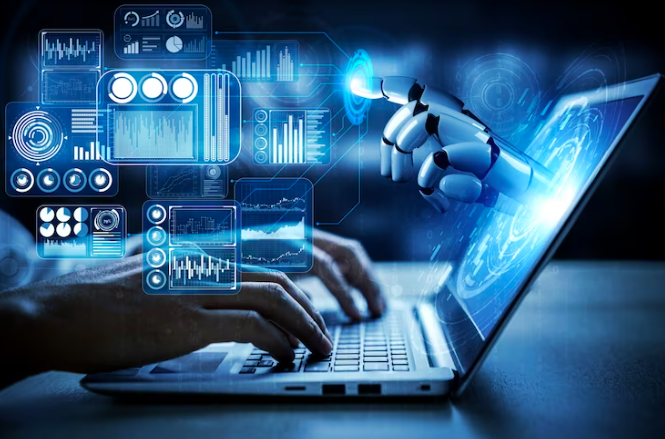Reinforcement Learning: Training AI Systems through Trial and Error

Artificial intelligence (AI) continues to evolve, and one of the most intriguing facets of its development is reinforcement learning. This cutting-edge approach allows AI systems to learn and make decisions through trial and error, much like humans. In this article, we'll delve into the fascinating world of reinforcement learning, exploring how it works and its significance in advancing AI capabilities.
1. What is Reinforcement Learning?
- Reinforcement learning is a machine learning paradigm where AI agents learn to make decisions by interacting with their environment.
- It's based on the idea of rewarding desired behavior and penalizing undesirable actions, allowing AI to optimize decision-making over time.
2. The Learning Process: Trial and Error
- In reinforcement learning, AI agents start with no prior knowledge about the environment.
- They explore and take actions to maximize cumulative rewards, learning from their experiences and refining their strategies through trial and error.
3. Key Components: Agents, Environment, and Rewards
- Reinforcement learning involves three main components:
- Agents: The AI entities making decisions and taking actions.
- Environment: The external system with which agents interact.
- Rewards: Numeric values that indicate the desirability of an action taken by an agent.
4. Exploration vs. Exploitation: Striking the Right Balance
- Reinforcement learning agents face the challenge of exploring new actions to discover better strategies while exploiting known actions to maximize immediate rewards.
- Balancing exploration and exploitation is a fundamental aspect of reinforcement learning.
5. Applications of Reinforcement Learning: Real-World Impact
- Reinforcement learning has found applications in diverse fields, including robotics, gaming, finance, healthcare, and self-driving cars.
- It powers AI systems capable of beating human champions in complex games, optimizing supply chain operations, and even assisting in medical diagnoses.
6. Deep Reinforcement Learning: Merging with Deep Learning
- Deep reinforcement learning combines reinforcement learning with deep neural networks.
- This synergy enables AI to handle high-dimensional and complex tasks, leading to significant advancements in AI capabilities.
7. Challenges and Ethical Considerations
- While powerful, reinforcement learning comes with challenges, such as lengthy training times and potential biases in reward systems.
- Ethical considerations regarding AI decision-making and potential unintended consequences are also critical.
8. The Future of Reinforcement Learning
- As AI continues to advance, reinforcement learning will play a pivotal role in creating AI systems that adapt, learn, and make decisions autonomously.
- Its applications are expected to expand across industries, driving innovation and improving efficiency.
Conclusion: Nurturing Intelligent Decision-Makers
- Reinforcement learning represents a crucial step toward creating intelligent AI systems capable of making decisions in complex and dynamic environments.
- By embracing the power of trial and error learning, we open doors to AI applications that can adapt and excel in tasks previously considered beyond the reach of machines.
- The journey of reinforcement learning promises exciting possibilities and transformative advancements in the world of artificial intelligence.


